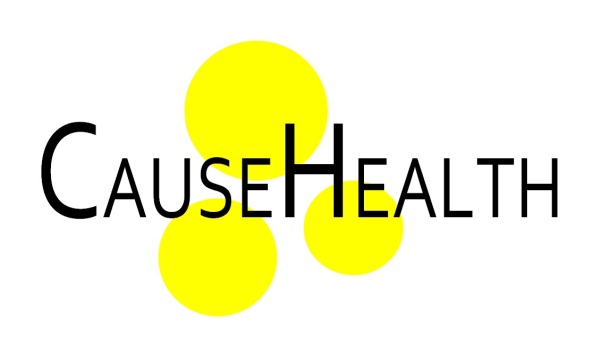Author Wenche Schrøder Bjorbækmo
(#4 in the Whole Person reflections series)
The test’s glasses and blind spots – seen through the confession and experience of a tester.
At the end of the 1990’s the use of standardised outcome measures increasingly became a topical theme for physiotherapists, also within the field of rehabilitation in Norway. Nevertheless, the use of such tools was not widespread. Physiotherapists mainly collected information and knowledge of children’s movements and function through clinical observations, conversations with parents, other close family, friends and other professionals in the investigative team around each child. In my own experience physiotherapists also observed the child in daily situations and contexts such as: in their homes, in day care or/and at school. The experiences a clinician would have gained by meetings, conversations, observations and treatment of many children were the qualifications I, as a clinician was aiming towards. An experienced clinician would develop what I then thought of as “an analytic view”.
Later I have come to believe that it was more of “a diagnostic view” that was being developed. The “diagnostic view” was mostly about developing “an eye for” deviance in movement and pathology, and to posit hypotheses about possible explanations for the deviancy. It was to be expected that an experienced child physiotherapist had this kind of experience and knowledge.
However, several physiotherapists also developed an eye for more than pathology and deviancy. Some became interested in how the individuals themselves found solutions to, for instance, challenges in moving about, solutions we ourselves would not have seen possible. This idea of people who in different ways do not function according to the norm, but nevertheless develop their own special talents in finding personal solutions, years later became central in my doctoral research (Bjorbækmo, 2011).
But, let me return to testing and standardised outcome measures.

At the end of the 1990’s I perceived standardised testing, standardised procedures as the future. As a tester I became concerned with performing the tests correctly, which meant following the standardised procedures. The tasks I asked the children to do, and the questions I asked the parents were guided by the instructions and the structure of the test. It was important to remember the order of the tasks and questions. Several of the tests had many tasks and questions, and there wasn’t just one test to learn, but many. Each test had been adapted for different purposes and for different patient groups.
As I developed more experience as a tester, I became less preoccupied with remembering everything without looking at the scoring sheets or in the manual. I became more secure and dared to show that I didn’t remember everything, but had to check the scoring sheets and perhaps also the test’s manual. Nevertheless, the form used for scoring remained central to the testing. The form in itself is a signal that something definite is about to happen. The form shows the tasks and the questions, and it is also where the testers write down the test scores.
Several times children asked me what I was writing and why. I recall that these questions made me feel somewhat uncomfortable. I felt unsure of how to answer them. The uncomfortableness of testing somebody can be understood to be about a kind of searching for something hidden about that person. The child and the parents were aware that the child was being tested, but it was me as the tester who “knew the test” and could interpret the results. In testing the tester might discover something the children did not know about themselves or their parents did not know about their children. I still remember the expectant, but questioning glances from the parents; “how did it go?”

The test directs the professional view in particular directions, and thus away from anything else. When something in this way is brought into the foreground, other aspects, of for instance a child’s functioning, are disappearing into the background. In many ways this experience led me to think that in testing I was actually gaining less knowledge about the child and his or her functioning than in traditional clinical observations. This experience of having ‘seen’ less and received less information frustrated and disturbed me. The test “demanded” a special form of communication and being together. I experienced the standardised framework of the test and administrative demands as framing the communication and relation made possible between the child, parents and myself.
By using the test as an extension of myself this made me, the tester, take up much more space than before. The test with its standardised procedures directed to a large degree how the relation between the child, his or her parents and myself could develop and become. The tester is in charge and has the “key” to directing this particular relation. The key is based on a standard of logic where the prevalent idea is that the situation, the test situation itself, should be made as standardised and similar as possible for everyone tested.
In my experience “traditional” clinical observation provided more space and time to follow up on what the parents or child said and did, and also leaving possibilities open for variation and individuality during the assessment. Personal interest and approach from the professional in relating to the child and family members as individuals is important, as it makes it possible to follow the child in spontaneous play and activity at any actual moment.
“We live in testing times, but we need not be at the mercy of them.”
(Stobart, 2008, p. 186)

Bjorbækmo, WS (2011). “My own way of Moving” – The Movement Experiences of Children with Disabilities. Dissertation. Faculty of Medicine, University of Oslo. ISBN 978-82-8264-068-8
Stobart, G (2008). Testing Times, The Uses and Abuses of Assessment. Routledge
Featured image by Jennifer Boyer


